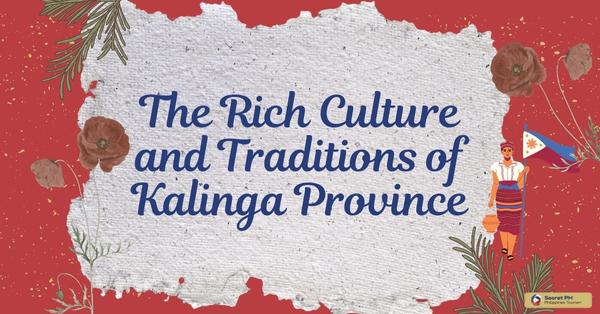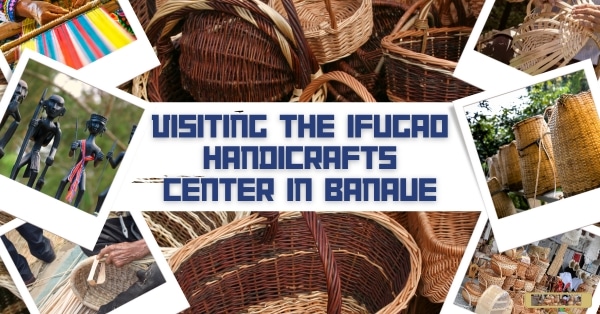The Chinese culture has greatly influenced religion in the Philippines, particularly Taoism, Confucianism, and Buddhism. This influence is evident in Philippine festivals, traditions, language, and writing. The resulting blend of spiritual practices reflects the country’s unique cultural heritage
This blog post will explore the fascinating ways in which Chinese culture has impacted religion in the Philippines. We’ll also look at the contemporary influence of Chinese culture on Philippine religion and how it has shaped beliefs and practices today.
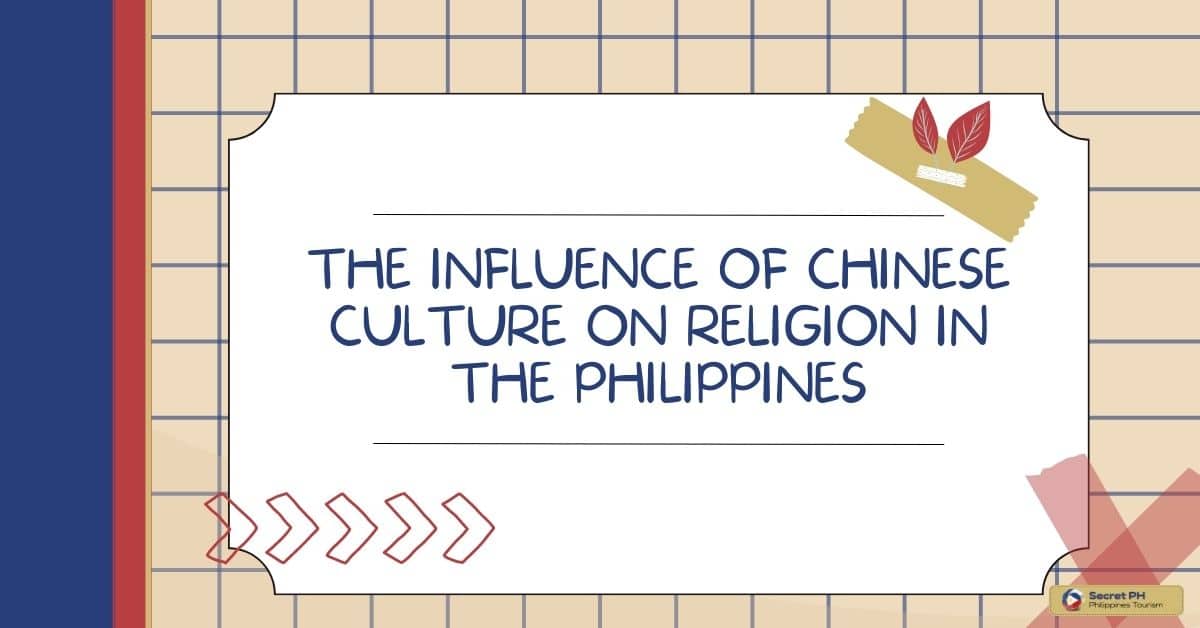
Historical Background of Chinese Influence in the Philippines
Chinese influence in the Philippines dates back to the pre-colonial era, with trade relations between the two countries established as early as the 9th century. The arrival of Chinese merchants and settlers in the Philippines resulted in the assimilation of Chinese cultural practices into Philippine society, including religion.
During the Spanish colonial period in the Philippines, the Chinese were segregated from the native population and forced to live in separate communities known as “Chinatowns”. Despite this segregation, Chinese culture continued to influence Philippine society, particularly in the areas of trade, language, and religion.
In the 20th century, the Chinese population in the Philippines continued to grow, with many Chinese migrants and refugees seeking refuge in the country. This influx of Chinese immigrants brought with it a renewed interest in Chinese culture and religion, particularly
Taoism, Confucianism, and Buddhism. Today, Chinese culture and religion remain an important part of Philippine society, with many Filipinos practicing a unique blend of traditional Philippine and Chinese spiritual practices.
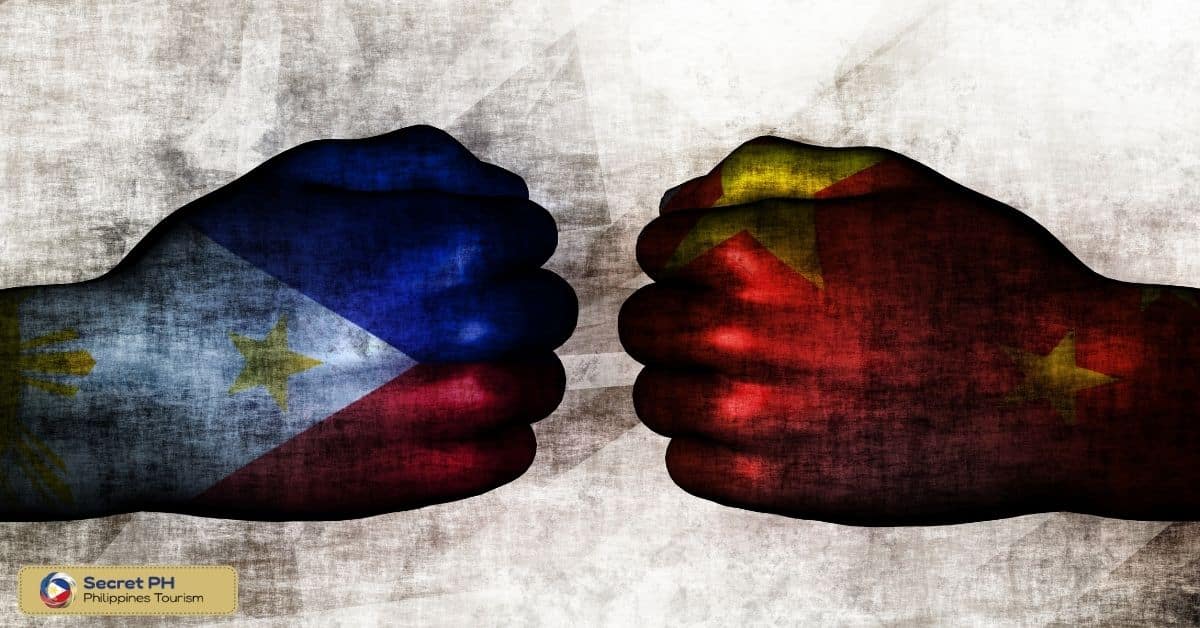
Chinese Religion in the Philippines
The Chinese have been an integral part of Philippine history and culture since ancient times. One of the most distinct aspects of Chinese culture is their religious beliefs and practices. Over the centuries, Chinese immigrants have brought a rich and diverse range of religious traditions to the Philippines, leaving an indelible mark on the country’s spiritual landscape.
Here, we will explore the many facets of Chinese religion in the Philippines.
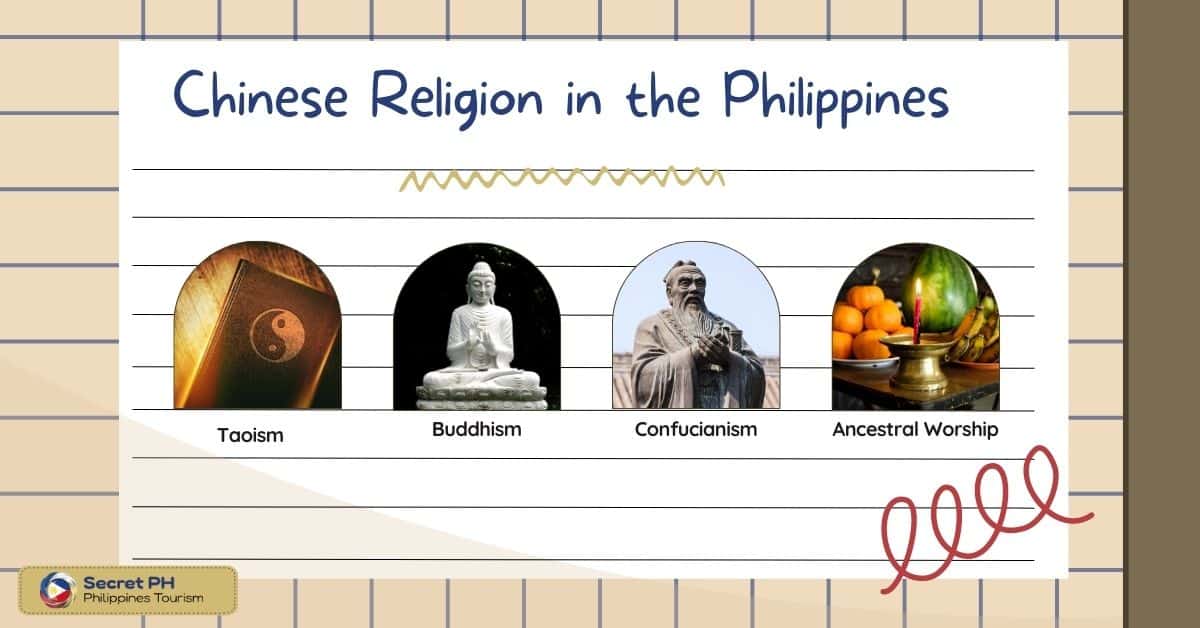
Taoism
One of the most prominent Chinese religions in the Philippines is Taoism. Taoism is a philosophical and religious tradition that originated in China and is based on the teachings of the Chinese philosopher Lao Tzu.
Taoism emphasizes harmony with nature and the need to maintain equilibrium and balance in one’s life. Many Taoist temples can be found throughout the Philippines, and they are characterized by their ornate architecture, colorful decorations, and intricate statues of various deities.
Buddhism
Buddhism is another significant Chinese religion in the Philippines. It originated in India, but it was introduced to China in the first century AD and has since become an important part of Chinese culture.
In the Philippines, there are many Buddhist temples that are open to the public. These temples often feature intricate statues of Buddha and other deities, as well as beautiful gardens and meditation areas.
Confucianism
Confucianism is a philosophy and ethical system that originated in China and is based on the teachings of the Chinese philosopher Confucius. It emphasizes the importance of morality, family values, and social order.
Many Chinese Filipinos today continue to follow Confucian teachings in their daily lives. And Confucianism has had a profound impact on Philippine culture and society.
Ancestral Worship
Ancestral worship is a common practice in Chinese religion, and it involves venerating one’s ancestors and seeking their blessings and guidance. Many Chinese Filipinos maintain altars in their homes to honor their ancestors and offer incense and other offerings. Ancestral worship is an important part of Chinese culture, and many traditional Chinese festivals in the Philippines involve paying respect to one’s ancestors.
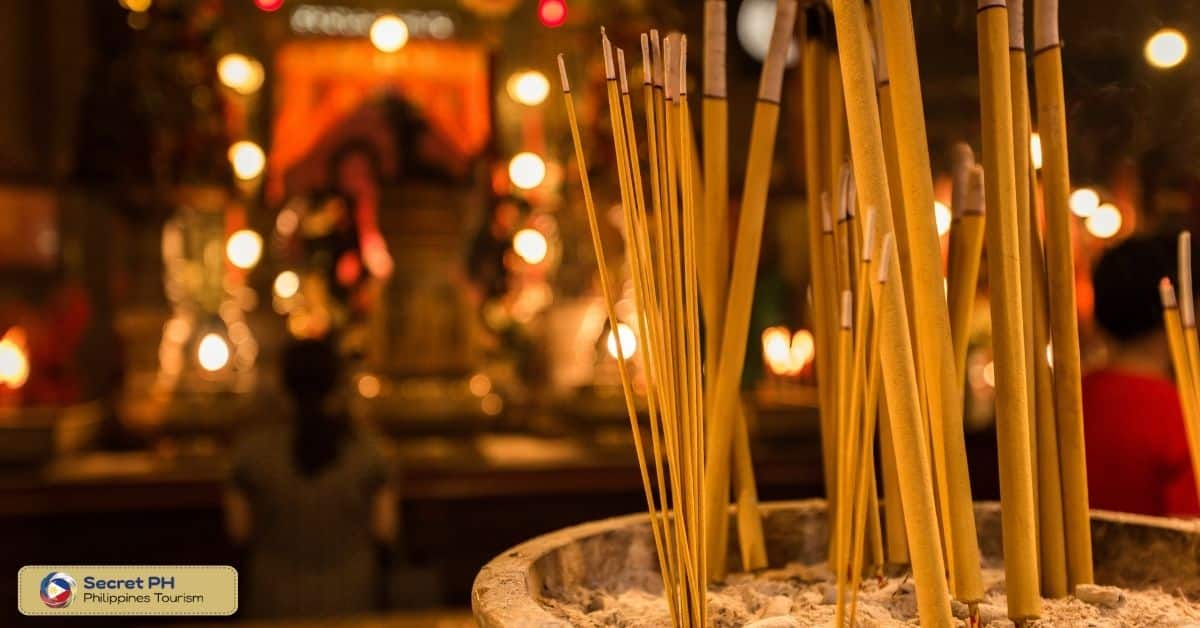
Syncretism and Adaptation of Chinese and Philippine Religions
The assimilation of Chinese cultural practices into Philippine society has resulted in the syncretism and adaptation of Chinese and Philippine religions. This blending of spiritual practices has created a unique and diverse religious landscape in the Philippines.
Blend of Taoism and Philippine Folk Religion: The most prominent example of syncretism in the Philippines is the blending of Taoism and Philippine folk religion. Many Filipinos practice a blend of Taoist and traditional Philippine spiritual practices, incorporating elements of both into their daily lives.
Adaptation of Buddhism in the Philippines: Another Chinese religion, has also been adapted to Philippine culture. In the Philippines, Buddhism has been influenced by both Taoism and traditional Philippine spiritual practices, resulting in a unique blend of beliefs and practices.
Incorporation of Ancestor Worship: Ancestor worship, a common practice in Chinese culture, has also been incorporated into Philippine religious practices. Many Filipinos honor their ancestors and seek their guidance and blessings through prayer and ritual offerings.
The syncretism and adaptation of Chinese and Philippine religions have resulted in a diverse and unique religious landscape in the Philippines. These practices reflect the country’s rich cultural heritage and the influence of various cultural traditions on Philippine society.
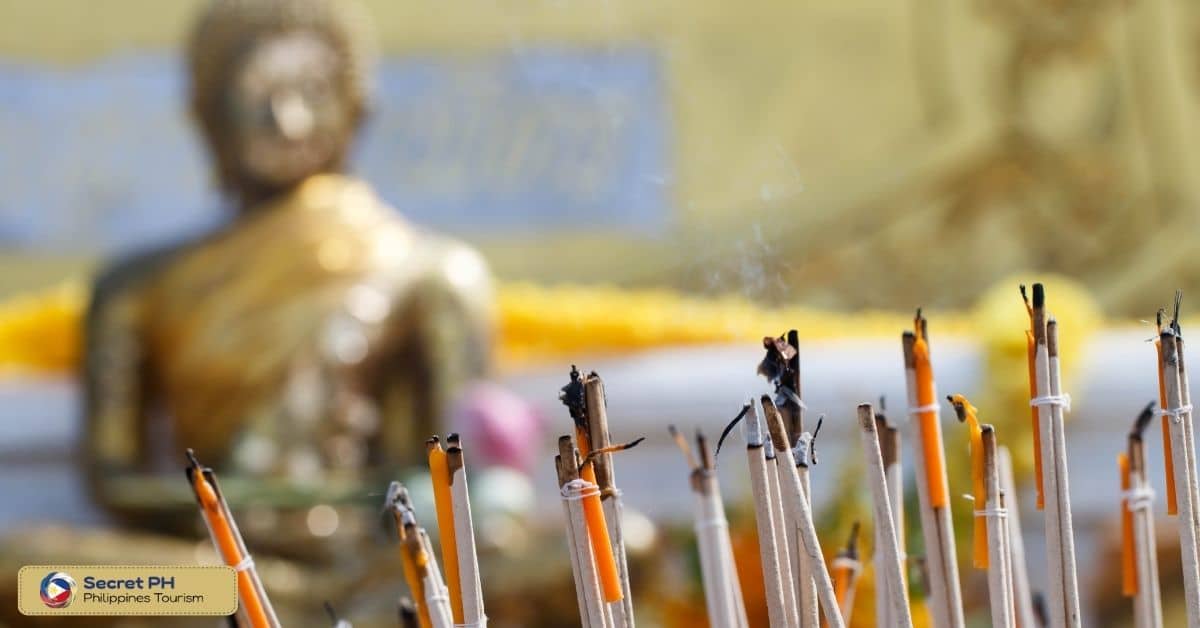
The Influence of Chinese Culture on Philippine Festivals and Traditions
The Philippines is known for having a diverse and rich culture that is heavily influenced by various civilizations, religions, and traditions. One of the significant cultural influences on the Philippines is China, which has been a trading partner for centuries.
Over time, the Chinese culture has integrated into the Filipino way of life, resulting in the creation of unique traditions and festivals. In this section, we will explore how Chinese culture has influenced Philippine festivals and traditions.
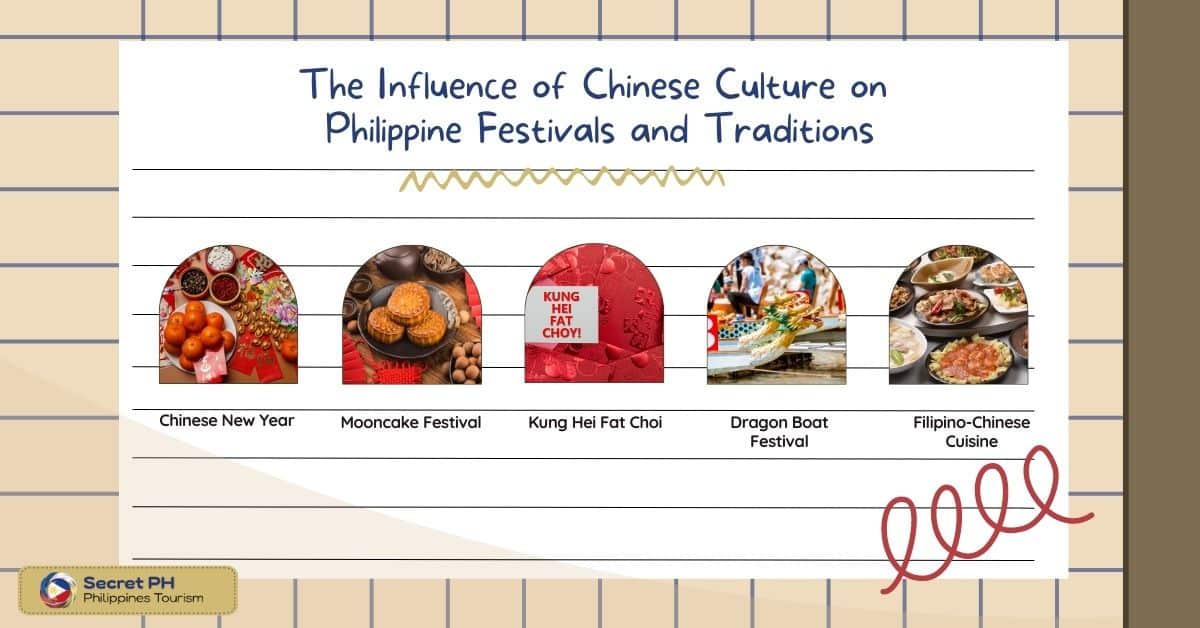
Chinese New Year
Perhaps the most prominent Chinese festival celebrated in the Philippines is the Chinese New Year. It is a national holiday and is widely celebrated throughout the country. It marks the beginning of the Chinese lunar calendar and lasts for 15 days.
During this time, Filipinos participate in various rituals and customs, such as lion dances, dragon processions, fireworks, and feasts. Red is a prevalent color during this festival as it symbolizes luck, prosperity, and warding off evil.
Mooncake Festival
Another Chinese festival that has been integrated into Filipino culture is the Mooncake Festival or Mid-Autumn Festival. It is celebrated on the 15th day of the eighth lunar month and is a time of feasting and family reunions. Filipinos celebrate this festival by preparing mooncakes, a traditional Chinese pastry that symbolizes unity and harmony.
Kung Hei Fat Choi
Kung Hei Fat Choi is another Chinese custom that has influenced Philippine culture. It is a traditional greeting that means “wishing you prosperity” and is often said during Chinese New Year. The greeting is also commonly used by Filipinos during the festival, even among those who are not of Chinese descent.
Dragon Boat Festival
The Dragon Boat Festival, which commemorates the life and death of the ancient Chinese scholar Qu Yuan, is also celebrated in the Philippines. This festival is marked by dragon boat races. In which teams compete to be the first to reach the finish line.
Filipino-Chinese Cuisine
Chinese cuisine has also become a staple in Filipino gastronomy. Many Filipino dishes, such as lumpia (spring rolls), pancit (noodles), and siopao (steamed buns), are of Chinese origin. Chinese culinary techniques, such as stir-frying and steaming, have also been adopted in Filipino cooking.
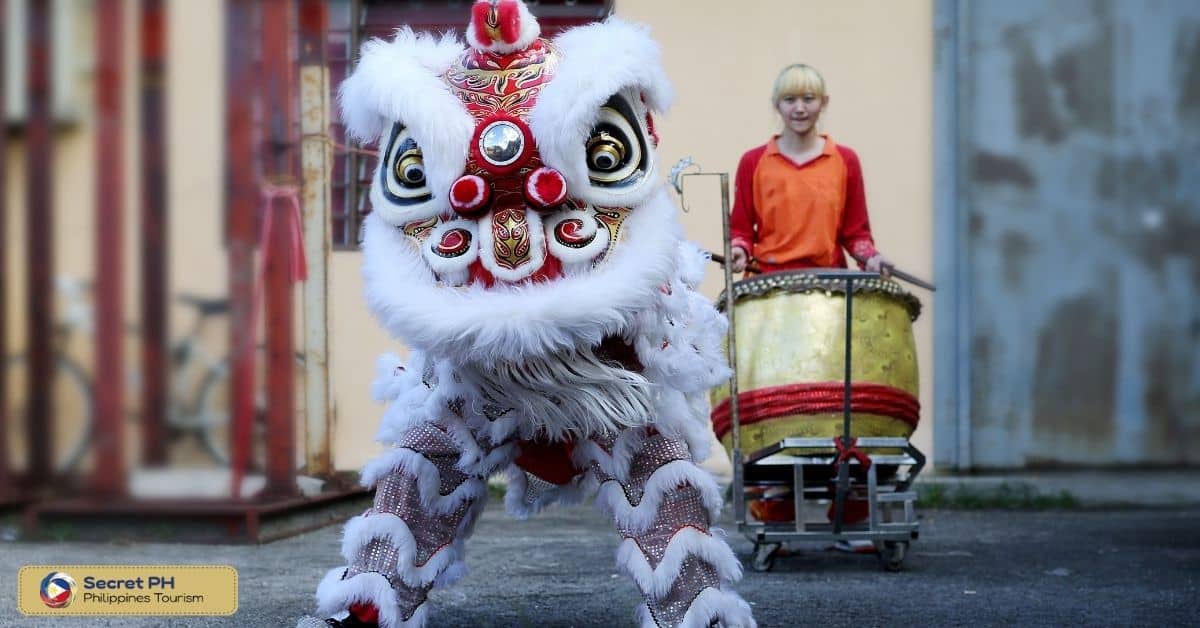
Chinese Language and Writing in Philippine Religion
Chinese culture and religion have had a significant impact on the Philippines. The country has a large population of Chinese Filipinos. The influence of the Chinese language and writing can be seen in various aspects of Philippine life, including religion.
In this section, we will explore the role of the Chinese language and writing in Philippine religion.
Chinese Language in Philippine Religion
The use of the Chinese language in Philippine religion is primarily seen in Taoism and Buddhism. Chinese-speaking Filipino communities often practice these religions and are therefore exposed to the Chinese writing and language associated with them.
In Taoism, the use of the Chinese language is prevalent in religious texts, prayers, and chants. This is because the religion originated in China, and its teachings were primarily recorded in Chinese. Taoist temples in the Philippines often feature Chinese characters and calligraphy in their decoration and signage.
Similarly, in Buddhism, the Chinese language is also used in religious texts and prayers. The use of traditional Chinese characters is particularly prominent in Mahayana Buddhism. Which is practiced by many Chinese-Filipino Buddhists in the Philippines. In fact, the oldest Buddhist text found in the Philippines is written in classical Chinese.
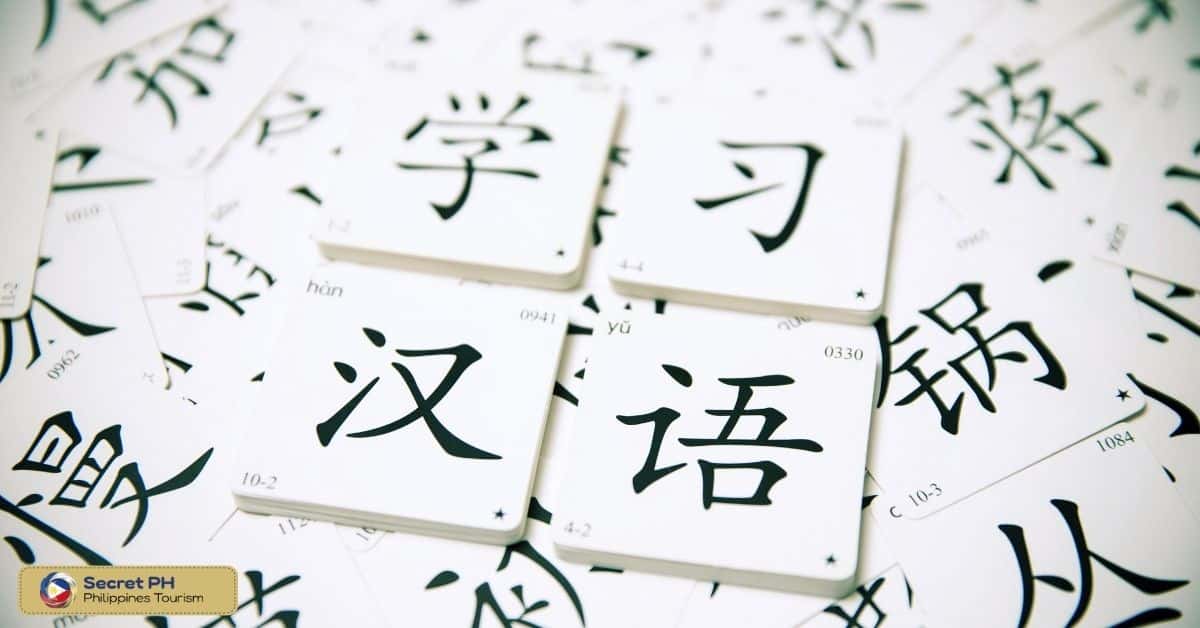
Chinese Writing in Philippine Religion
Chinese writing, particularly calligraphy, is considered an art form in Chinese culture. It is not surprising, therefore, that it has made its way into Philippine religion as well.
In Taoism and Buddhism, Chinese calligraphy is often used to decorate temple walls, altars, and other religious objects. The writing is usually chosen based on its meaning and significance and is meant to inspire and uplift devotees.
Aside from religious objects, Chinese calligraphy is also used in Philippine feng shui. Feng shui is the practice of arranging objects and structures to promote positive energy flow. Chinese calligraphy is used to depict auspicious symbols and characters that are believed to bring good luck and prosperity.
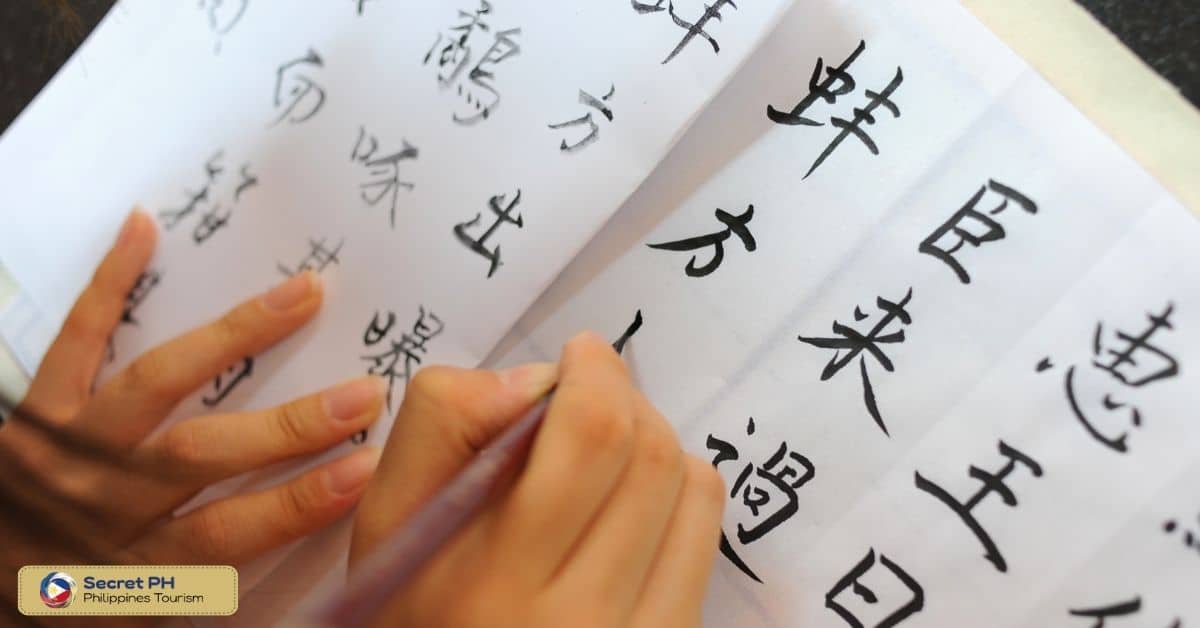
Contemporary Chinese Influence on Philippine Religion
In recent years, the influence of Chinese culture on Philippine religion has continued to grow with the increasing presence of Chinese migrants in the Philippines. Chinese religious practices and beliefs have been further integrated into Philippine society, creating a more diverse and rich religious landscape.
The rise of Chinese temples and spiritual centers, coupled with the economic and cultural exchange between China and the Philippines, has also led to the adaptation and evolution of Chinese religious practices in the country. Contemporary Chinese influence on Philippine religion is likely to continue to expand and change. Reflecting the ongoing cultural exchange between these two nations.
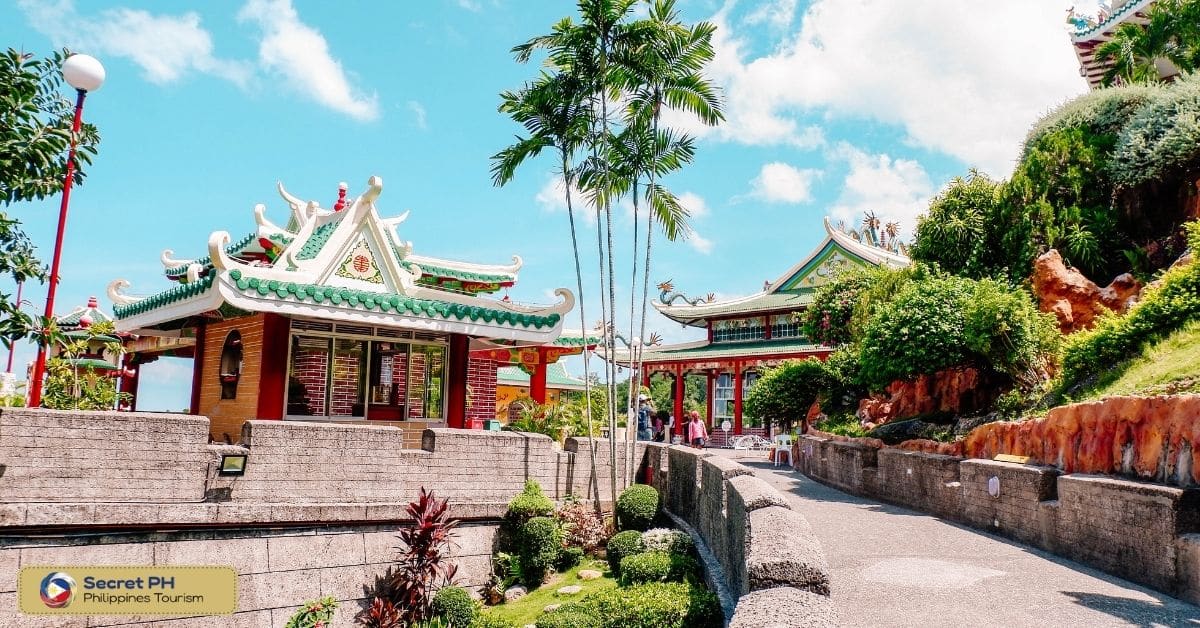
In conclusion
Chinese culture and religion have had a significant impact on Philippine society. The assimilation of Chinese cultural practices into Philippine society has resulted in the syncretism and adaptation of Chinese and Philippine religions. This blending of traditions is seen in various aspects of the Filipino way of life, such as festivals, cuisine, and language.
Chinese culture continues to influence Philippine society, with the increasing presence of Chinese migrants in the country leading to further adaptation and evolution of traditional Chinese religious practices. As a result, contemporary Chinese influence on Philippine religion is likely to continue to expand and change in the future.





